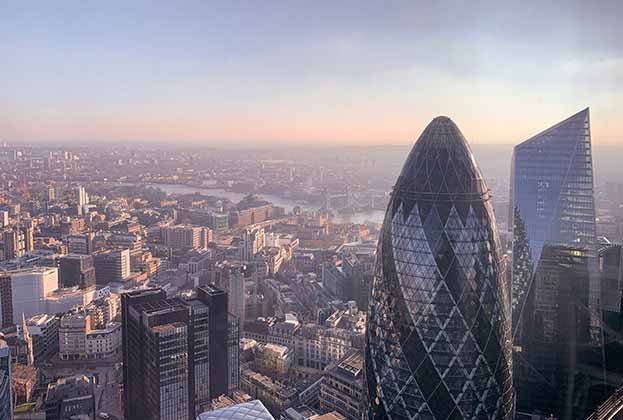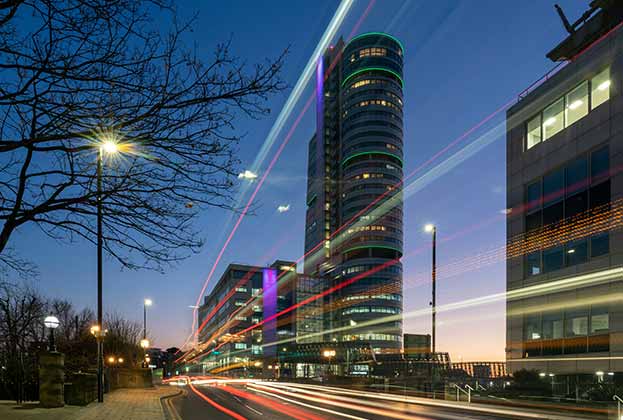The Aberdeen office market, much like the rest of the UK, has seen a strong flight to quality from occupiers, as they look to both attract and retain skilled staff post-pandemic, while also achieving their net zero aspirations.
However, unlike some other regional UK office markets, Aberdeen has witnessed a dearth of recent office development. In fact, the last noteworthy schemes to be built were The Capitol, Marischal Square and The Silver Fin Building, all of which completed in 2018.
Consequently, we are seeing a reduction in the availability of best in class office space with a city centre Grade A vacancy rate of just two per cent, the lowest figure on record.
Despite this, exorbitant construction costs and ever more stringent regulatory requirements continue to call into question the viability of new build stock. While this phenomenon is becoming more common throughout the UK, it’s particularly prevalent in smaller regional markets like Aberdeen where comparatively low headline rents cannot sustain the recent build cost inflation. What’s more, the push for greater leasehold flexibility and the uncertainty around market longevity is making appraisals increasingly difficult.
With this in mind, how will businesses continue to find suitable space in Aberdeen city centre?
While immediate availability remains within some of the ‘best in class’ schemes for smaller sub 20,000 sq ft occupier requirements, current demand levels suggest that it won’t be around for much longer. So, what happens then?
Occupiers will either need to come round to paying rents at a level that will facilitate new development or comprehensive refurbishment, (rents which are unlikely to be supported by any historical comparable evidence), or, they will need to compromise on their sustainability requirements.
With ESG front and centre for most corporate occupiers, paying higher rents is probably the more likely option.
Taking account of embodied carbon, the refurbishment of existing building stock is the most environmentally sustainable choice. It also aligns far better with the Scottish Government’s National Planning Framework 4 (NPF4), which advises against demolition and redevelopment.
In the majority of cases, it’s also anticipated that comprehensive refurbishment of ‘Grade B’ buildings will carry a lower cost than a new build, making cost appraisals more palatable.
However, refurbishments are still not immune to cost inflation and so rents will also need to move on to ensure development feasibility. In Glasgow for instance, where there’s greater ‘Grade A’ supply than in Aberdeen, there have already been reports of rents for top quality refurbished space outpacing those of some new builds, justified by an increased focus on buildings which are prime in terms of location and amenity provision.
This should, therefore, present an opportunity for landlords with older stock, many of which already face an uncertain future in light of looming ESG regulation and overall market contraction. Now, virtually all office demand is centred around energy efficiency and amenity, so given the lack of development pipeline, this is a chance to push older, functionally obsolete office space back to the front of the queue.
While a commitment to a costly refurbishment scheme at this time still requires a leap of faith, there are a growing number of examples across the city, including Blenheim House and 42 and 27 Albyn Place, where landlords who have undertaken works have successfully let space. Looking ahead, as best in office supply continues to dwindle, we will see more of this with those making the jump undoubtedly capitalising on the looming lack of top quality stock.
Further information
Contact Dan Smith

-impact-the-office-sector(1).jpg)

.jpg)






